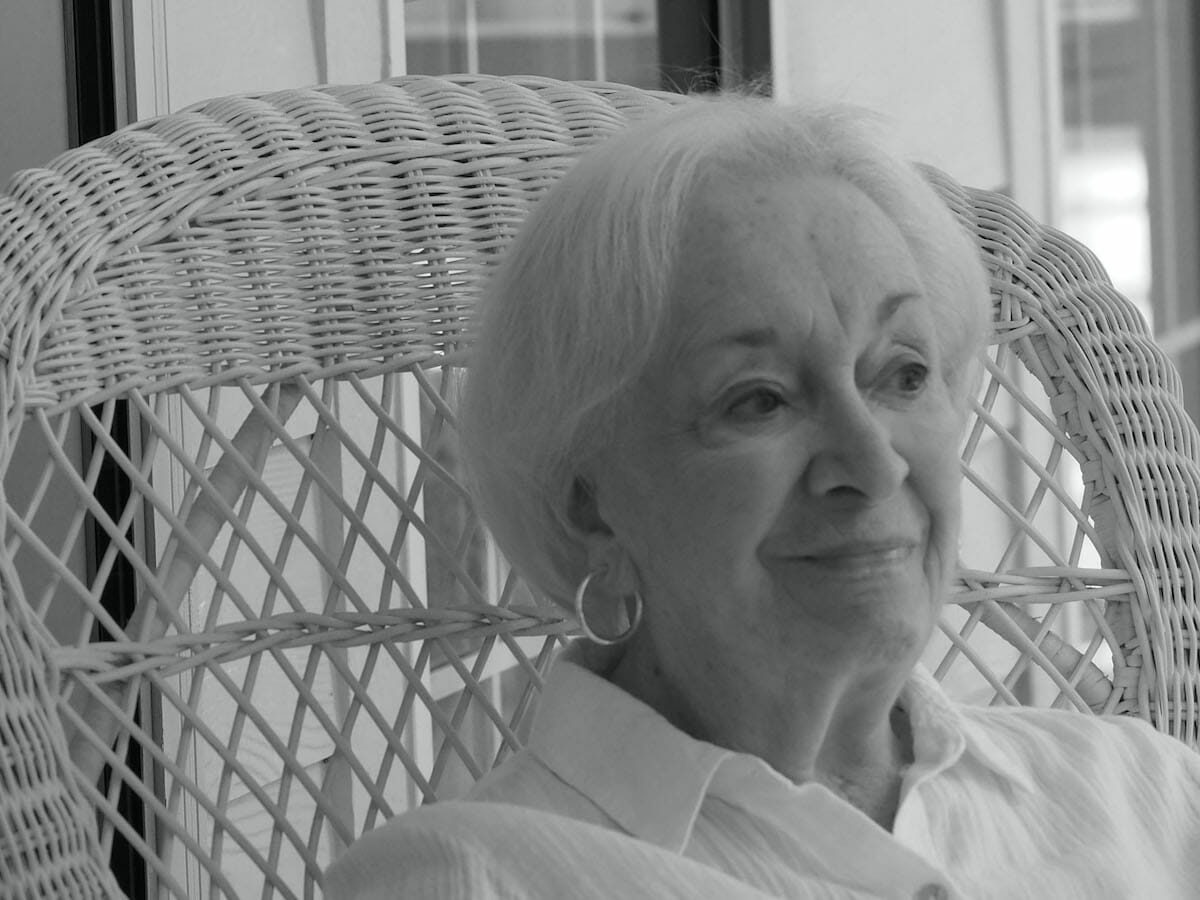In my dotage I’ve come to believe in reading.
Actually I’ve always believed in reading, but that reading was case law, rules of civil procedure and briefs from opposing attorneys telling me I was wrong on the facts, and the law, and, by the way, you should probably turn in your law license.”
My recreational reading usually happened on Saturday afternoon when the rest of South Carolina was watching Clemson win, or Carolina lose, and that reading was usually punctuated with guilt. Should I be reading Anita Shreve while my next door neighbor was rebuilding his Husqvarna 128 LD?
I am happy to report that I no longer feel that guilt and sometimes actually read in the morning while my wife sleeps upstairs. This is not to say that I don’t aspire to Winston Churchill’s early morning habit of having Scotch with his poached eggs and toast.
I am happy to report that I mostly choose fiction, no longer feeling I have to understand the hearsay exceptions or the Daubert Rule as it relates to experts. I now can immerse myself in a made-up story, with made-up characters, who laugh, love and get themselves into trouble. Importantly I can identify with one or more of these characters, actually feeling their happiness, apprehension and fear. I can, in fact, take myself to another universe.
But lately I’ve noticed a laziness when it comes to description. Instead of describing the arrangement of a woman’s eyes, nose and zygomatic arch, the writer will simply say she is stunning. I find that the dialogue is often full of tropes and cliches — “stop and smell the roses” — and a kind of sameness, or thinness, when it comes to the story itself.
I have, in fact, sometimes wondered where have all the writers gone? This morning found an essay by Sam Sacks in the Wall Street Journal that may explain some of this.
Sacks is a columnist who regularly appears in the Journal’s Weekend Review. His column, called “Fiction”, has often been a resource for me when I was in search of a meaningful journey but didn’t want to leave my tasteful, comfortable living room. This particular column deals with those folks who publish fiction — actually the Manhattan-based folks who decide what fiction we’re all going to read.
The companies that publish about 80% of our fiction have been reduced to five — sometimes called the “Big Five”. The “Big Five” include Simon and Schuster and Penguin/Random House. It now seems that Simon wants to merge with Penguin which would reduce the publishing world to the “Big Four.”
So what?
Sacks says that the remaining companies are increasingly drawn to “sure thing authors who turn out product at ever higher rates. In 2022 alone, for example, James Patterson wrote 22 books across a variety of genres. The outlook begins to resemble a film industry monopolized by comic book franchises.”
Sacks continues his column by saying this “aversion to risk” means that authors can’t afford to write a novel that doesn’t do well, that there are more and more sequels, and that established writers “are disincentivized from attempting anything untested.”
When the “Big Five” focus their money on the Pattersons, Grishams, Egans, Folletts and Larsons of the world — there is less money for the young, unproven writers who are maturing somewhere in Tulsa and St Paul.
“Mainstream publishing is still attracted to young authors because they’re cheap and have breakout potential. But even here a feeling of homogenization overwhelms the purported diversity. Debutants are allowed to write just about one kind of book only — that which deals with the representation of an oppressed group, dwells on personal drama and redemption and, ideally draws closely from autobiography.”
There is the common thinking that anyone can produce a novel. But writing a novel is hard; and usually requires a series of early failures. The publishers in New York used to understand this and would nurture a young writer through early, lackluster efforts hoping for a best seller somewhere down the line. Now they are unwilling to wait through those early days; they want a best-selling debut followed by best-selling sequel.
But there is a kind of parallel universe in publishing — regional publishers like Koehler Books, who will be publishing two local writers of fiction.
Be on the lookout for “Carolina’s Ring” by Lynn Seldon; and “Jury of One” by John Warley. These are two fine writers who know how to tell a good, compelling tale.
Scott Graber is a lawyer, novelist, veteran columnist and longtime resident of Port Royal. He can be reached at cscottgraber@gmail.com.
know how to tell a tale









